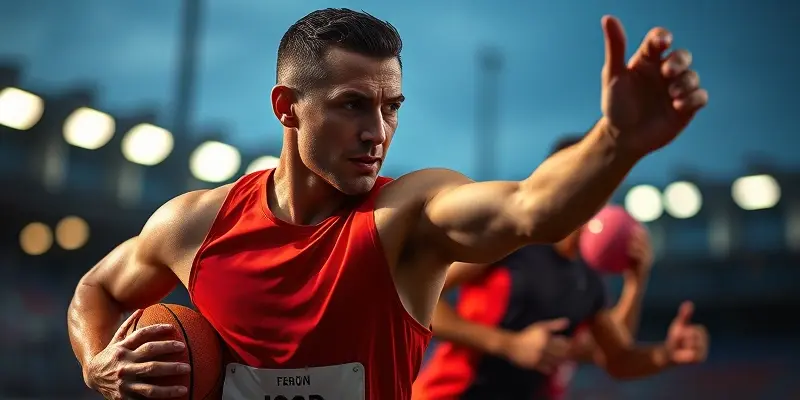Preventing Sports Injuries and Speeding Up Recovery
When it comes to sports, injuries can be a significant setback for athletes and fitness enthusiasts alike. Fortunately, with the right strategies, you can prevent injuries and ensure a speedy recovery. Let’s explore how.
Understanding Common Sports Injuries
Ankle SprainsAnkle sprains occur often during sudden twists or turns. To avoid them, always wear sport-specific shoes and check for uneven surfaces.
Knee InjuriesKnee injuries, such as ACL and MCL tears, are common in sports like basketball and soccer. Participating in year-round conditioning and avoiding careless training can help.
Muscle StrainsStrains happen when muscles are overstretched. Regular stretching and gradual increases in training intensity are key prevention measures.
Shoulder InjuriesFrequent in sports with repetitive overhead motions, shoulder injuries can be reduced by strengthening upper body muscles and maintaining flexibility.
Effective Prevention Strategies
Injury prevention begins with the basics:
-
Use Protective Gear: Helmets, pads, and mouthguards are essential. Ensure they fit well and are sport-specific.
-
Structured Training: Balance your routine with strength, flexibility, and cardiovascular exercises. This keeps muscles well-rounded and reduces imbalance-related injuries.
-
Technique and Posture: Proper technique is vital, especially when weightlifting or performing high-impact sports. Don’t hesitate to seek professional guidance.
-
Warm-ups and Cool-downs: They improve circulation and prepare your muscles for activity, reducing injury risk.
Speeding Up Recovery
If you do get injured, don’t despair! Recovery can be efficiently managed.
-
RICE Method: Rest, Ice, Compression, and Elevation are effective immediately after an injury.
-
Pain Management: Over-the-counter pain relief can aid initially, but consult a doctor if necessary.
-
Professional Rehabilitation: Work with a certified physiotherapist for a tailored recovery plan.
Nutrition & Tools to Aid Recovery
Nutrition plays a crucial role in healing:
-
Balanced Diet: Prioritize proteins for muscle repair and calcium for bone health.
-
Recovery Tools: Foam rollers and massage guns can enhance blood flow and reduce muscle tension, aiding recovery.
Mental Fitness During Recovery
Maintaining motivation can be challenging during downtime:
-
Realistic Goals: Set achievable milestones to track your progress.
-
Visualization Techniques: Mentally rehearse skills to keep engaged. Consider using visualization for healing.
-
Social Support: Peers and family encouragement can enhance recovery adherence.
Conclusion
A comprehensive approach to injury prevention and recovery not only minimizes downtime but also strengthens your overall performance in the long run. Integrating protective measures, structured routines, and mental conditioning into your regime will keep you healthy and motivated on your fitness journey. Remember, your health is worth every precaution!
